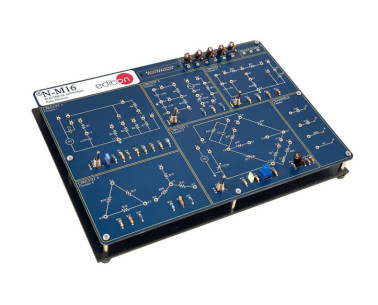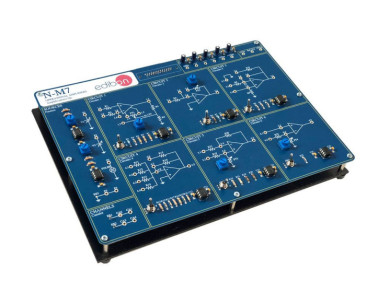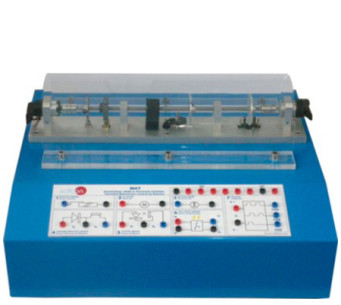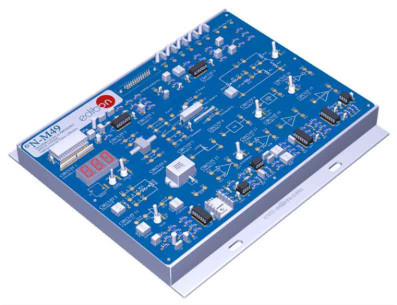FÜR WEITERE INFORMATIONEN, KONTAKTIEREN SIE UNS
2.3.- THEORETISCH - PRAKTISCHE GRUNDLAGEN
Die elektronischen Grundlagen sind die Gesamtheit der Kenntnisse, die darauf abzielen, dem Studenten eine solide Basis zu bieten, um die allgemeine Funktionsweise der gebräuchlichsten elektronischen Schaltungen und die individuelle Funktion der elektronischen Komponenten, aus denen sie sich zusammensetzen, zu analysieren und zu verstehen.
Mehr sehenDer Erwerb einer guten theoretischen Basis in einer so spezialisierten Disziplin wie Elektronik ist ein notwendiger Schritt für den nachfolgenden Entwurf und die Entwicklung komplexer elektronischer Systeme. Da Elektronik auch ein Zweig von Engineering ist, haben viele der theoretischen Konzepte eine direkte praktische Anwendung, was das Verständnis der Konzepte für den ElektronikStudenten wesentlich erleichtert, wenn der theoretische Unterricht mit einem zugehörigen praktischen Beispiel verbunden wird.
Die ElektronikenFundamentalwerke decken eine Vielzahl von Themen ab, darunter die Analyse elektronischer Schaltungen (unter Verwendung von Gleichungen und Verfahren wie Ohm'sches Gesetz, Kirchhoff'sche Schaltkreisgesetze, Thévenin'sches Theorem, das Superpositionstheorem, die Transformation des analysierten Schaltkreises in einen einfacheren Äquivalenzschaltkreis, etc.), die Untersuchung der Basiskomponenten (Widerstände, Induktivitäten, Kondensatoren, Transistoren verschiedener Technologien, Dioden, Thyristoren, Logikgatter, usw. ) und eine Reihe von Schaltungen, die nach Funktionalität gruppiert sind (Spannungsstromversorgung und Stromversorgung, Tiefpass- und Hochpassfilter, Verstärkerschaltungen, Widerstandsschaltungen, verschiedene Transistor-Polarisationsschaltungen, Einführung inDigitalschaltungen, Logikschaltungen, etc.).
Siehe Produkte Cookie-Präferenzen
Cookie-Präferenzen






























